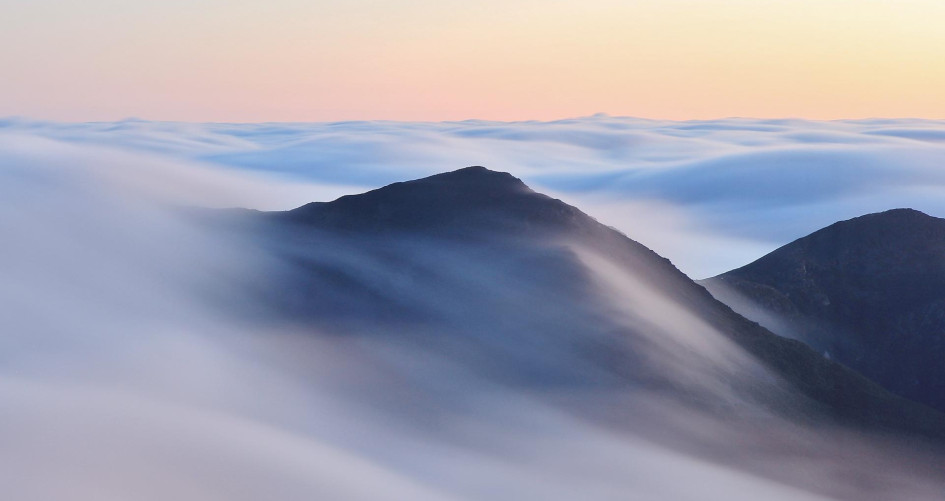Back in the 1980s, everyone was talking about the hole in the ozone layer, so what happened, and what can the international agreement to ban CFCs teach us about the importance of multilateral cooperation when it comes to climate action?
What exactly is the ozone layer?
The ozone layer is the part of the Earth’s atmosphere that protects the planet from ultraviolet radiation. It’s found in the Stratosphere which is around 10-50km above the surface of the earth. Think of it as a layer of sunscreen that protects us from all manner of harmful rays. Without it, life on Earth would be extremely unpleasant.
So, I’m guessing a hole in it is not a good thing
Exactly right, in fact it’s a very bad thing.
So what caused it?
Chlorofluorocarbon – CFCs to you and me. CFCs are a freezing technology which was patented back in the 1920s. They were seen as something of a miracle at the time: non-toxic, non-flammable and cheap – perfect as a propellent in hair sprays and fire extinguishers and a refrigerant in fridges and air conditioners. The problem was that while CFCs are not toxic to humans, once they get into the Earth’s atmosphere – and specifically the ozone layer – they end up destroying it. And the less ozone layer we have, the more uninhabitable the planet will become.
When did we figure that out?
Although scientists have known that CFCs were bad for the environment since the 1970s, it wasn’t until 1984 that a giant hole in the ozone layer above Antarctica was discovered. That’s why, in the mid-1980s, there was lots of talk about CFCs and the damage they were doing to the ozone layer.
How did we react?
Pretty well. In 1987, the Montreal Protocol on Substances that Deplete the Ozone Layer was signed, which regulated the production and consumption of nearly 100 chemicals – including CFCs – referred to as ozone depleting substances. The Montreal Protocol was the first global treaty that dealt with the environment and showed what was possible with global cooperation. The importance of that agreement can’t be overstated. Although CFCs can ‘hide’ in the atmosphere for 70 years, without the release of new CFCs, the cycle will eventually stop. The scale of the use of CFCs at the time can be illustrated by DuPont’s estimate that $135 billion worth of industrial equipment in the US alone was reliant on CFCs in the late 1980s.
Has the Montreal Protocol worked?
The Protocol also proved something of a template for future global environmental treaties. It was flexible, so new pollutants are still being added it to the ban list; it was practical, as it facilitated developed countries helping developing countries move away from CFCs and most crucially, it worked. And as a result of the Protocol, the hole in the ozone layer has been consistently shrinking for years.
Why was the Montreal Protocol successful, and how should the implementation of the Paris Agreement learn from it?
The Montreal Protocol worked for a number of reasons. Firstly, the public were aware of – and understood – the dangers that CFCs posed, and the effect their continued use would have on the environment. The public’s support for change, drove industry to change as well; in this case, stopping the production of CFCs and switching to a less harmful substance. It showcased the positive effect that behavioural change can have, even if it starts with something small such as an individual deciding not to buy any products with CFCs in them. Also important was the role of scientists, and in particular “scientists as advocates.” The dangers of CFCs were communicated powerfully by scientists and crucially, that message was accessible enough that the person on the street could understand what the threat was, and what they needed to do about it. These are all lessons that need to be understood when it comes to the Paris Agreement and climate action; namely that when individuals change their behaviour by consuming differently they can drive industries to change, as those industries are then caught between a ‘greening’ consumer demand and international and governmental policies focusing on climate action.
So everything is fine now?
Not quite. The bad news is that we still need air conditioners and fridges which need gases to power them. Those gases are hydrofluorocarbons AKA HFCs, which, while they don’t damage the ozone layer directly, do contribute to global warming, and are their use is gradually being reduced under the 2016 Kigali Amendment to the Montreal Protocol. Also, the long life of chemicals released into the atmosphere means their effects are still seen decades after they are no longer in use.
Is that why the hole is getting bigger again?
While the hole in the ozone layer this past winter was one of the largest since monitoring began forty years ago, a large part of that was down to a polar vortex - high winds – that trapped freezing air over the North Pole for several weeks. Those winds created a sort of circular cage-like effect, which created high-altitude clouds. Those clouds, combined with man-made pollution (such as chlorine and bromine), created a huge hole about three times the size of Greenland. Despite this, the overall trend is good, and the Montreal Protocol has made a real difference, and illustrated the importance of global, multilateral cooperation in the fight against climate change.
Is there anything I can do to help?
Glad you asked. If you want to help protect the ozone layer, there are a number of things you can do. Make sure the air conditioners, fridges and aerosols that you buy don’t use HCFCs as a refrigerant, as although HCFCs are less damaging to the atmosphere, than CFCs, they still cause damage. Also, make sure your fridges and air conditioners are regularly maintained, and make sure they are disposed of property when they reach the end of their lives.
